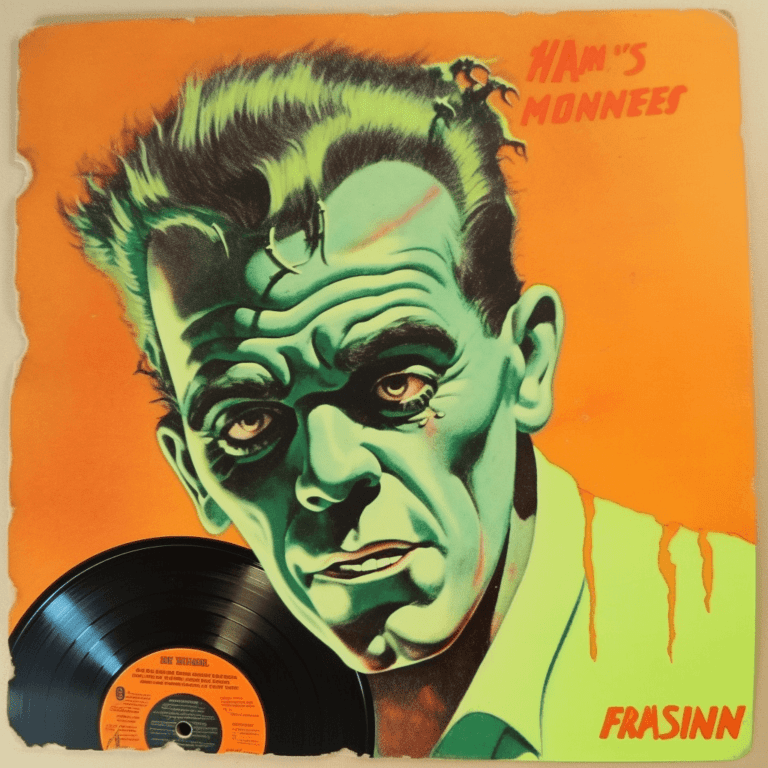Formant
Have you ever wondered why different musical instruments have their unique tones and timbres? Or why certain voices sound distinct from others when singing the same note? The answer lies in an essential concept known as “formant”
Formants are fundamental elements that shape the character and quality of a sound. Think of them as building blocks that create the specific colours and textures we perceive when listening to different instruments or voices. While pitch and volume determine how high or low a sound is and how loud or soft it is, formants determine the unique “flavour” of a sound.
Formants come into play when a musical instrument or a human voice produces a sound. When sound is generated, it contains a blend of multiple frequencies that combine to create the overall sound. These frequencies are referred to as overtones or harmonics. Each musical instrument or vocal cord produces its unique set of harmonics.
Now, here’s where formants come in. The human ear is remarkably sensitive to specific frequencies within a sound. When we hear a sound, our brains automatically analyse and pick out these distinct frequencies. These significant frequency bands are known as formants. Formants are like the fingerprints of sounds – they help us distinguish between a violin and a piano, or between different singers.
Think of it this way: when a singer sings a particular note, the sound produced is not just a single frequency but a mix of multiple harmonics. Among these harmonics, the formants are the frequencies that stand out the most and give that voice its characteristic timbre. This is why even when two people sing the same note, their voices can still sound different because their formants differ.
Formants also play a crucial role in speech. They enable us to recognize vowels and consonants, making it possible for us to understand and distinguish different words and sounds when we communicate.
Musicians and sound engineers often use formants creatively to modify and shape the character of sounds. By emphasising or dampening certain formants, they can alter the timbre of instruments or voices, making them sound warmer, brighter, or even adding unique effects.
In conclusion, formants are essential elements that make each musical sound distinct and recognizable. They are the secret sauce that gives instruments and voices their unique colours and characters.

So what’s this site all about anyway?
Well, if you ever find yourself needing music for anything – a YouTube video, a podcast, a school project, a presentation, TV commercial or even a film – then browse, preview and download any of our tracks





